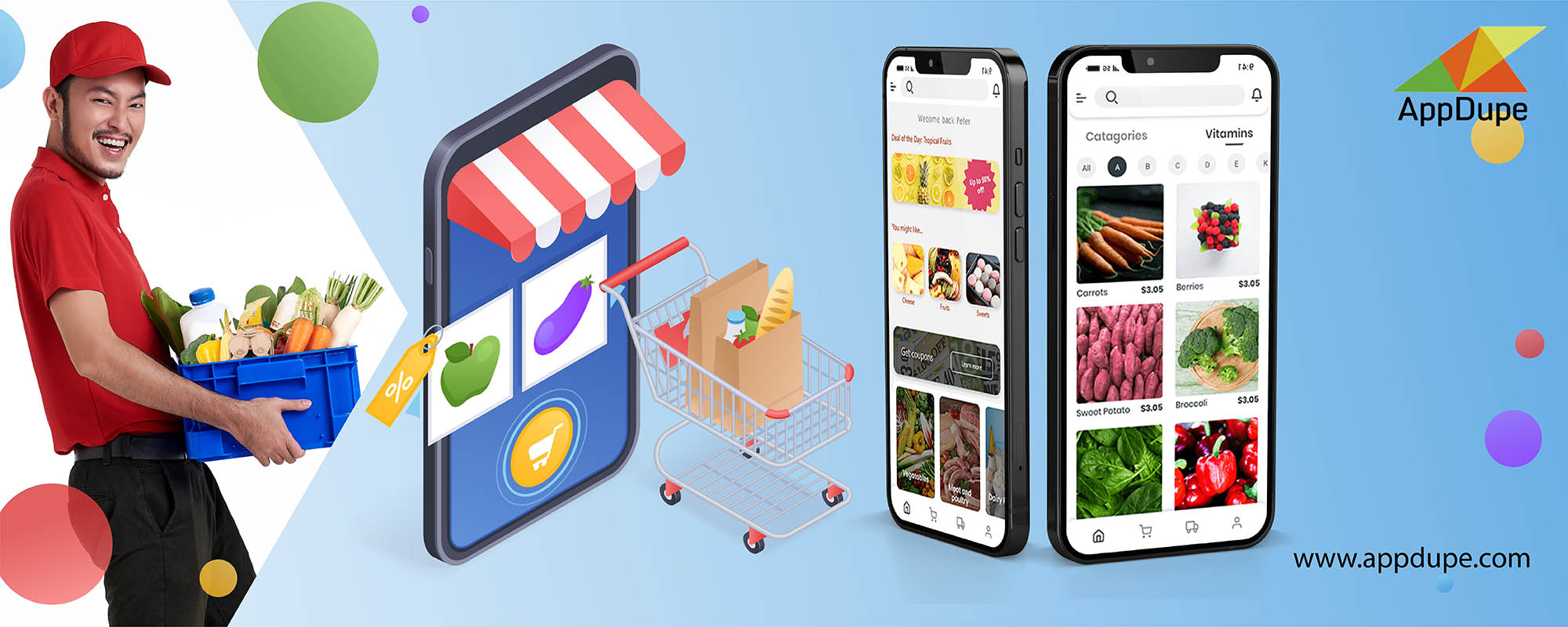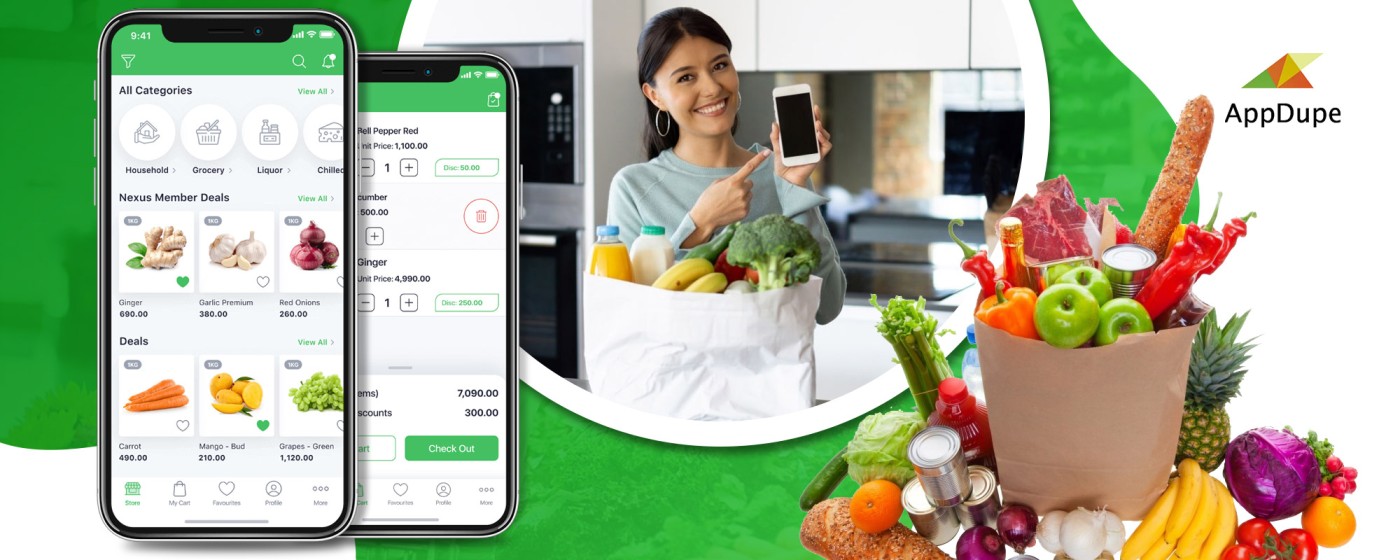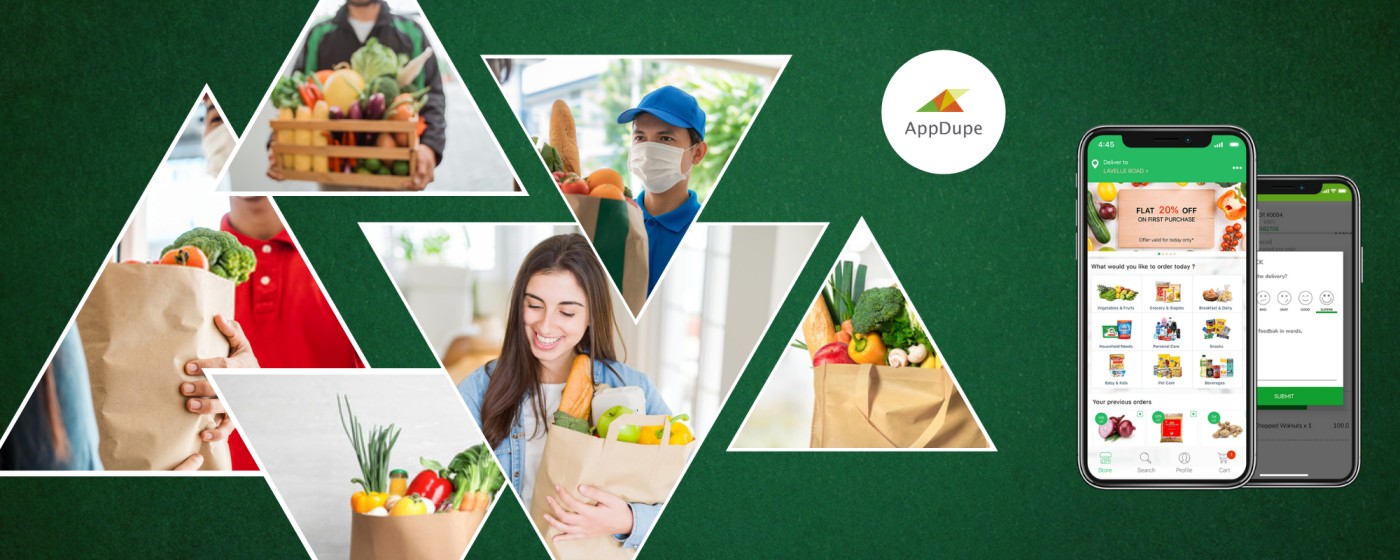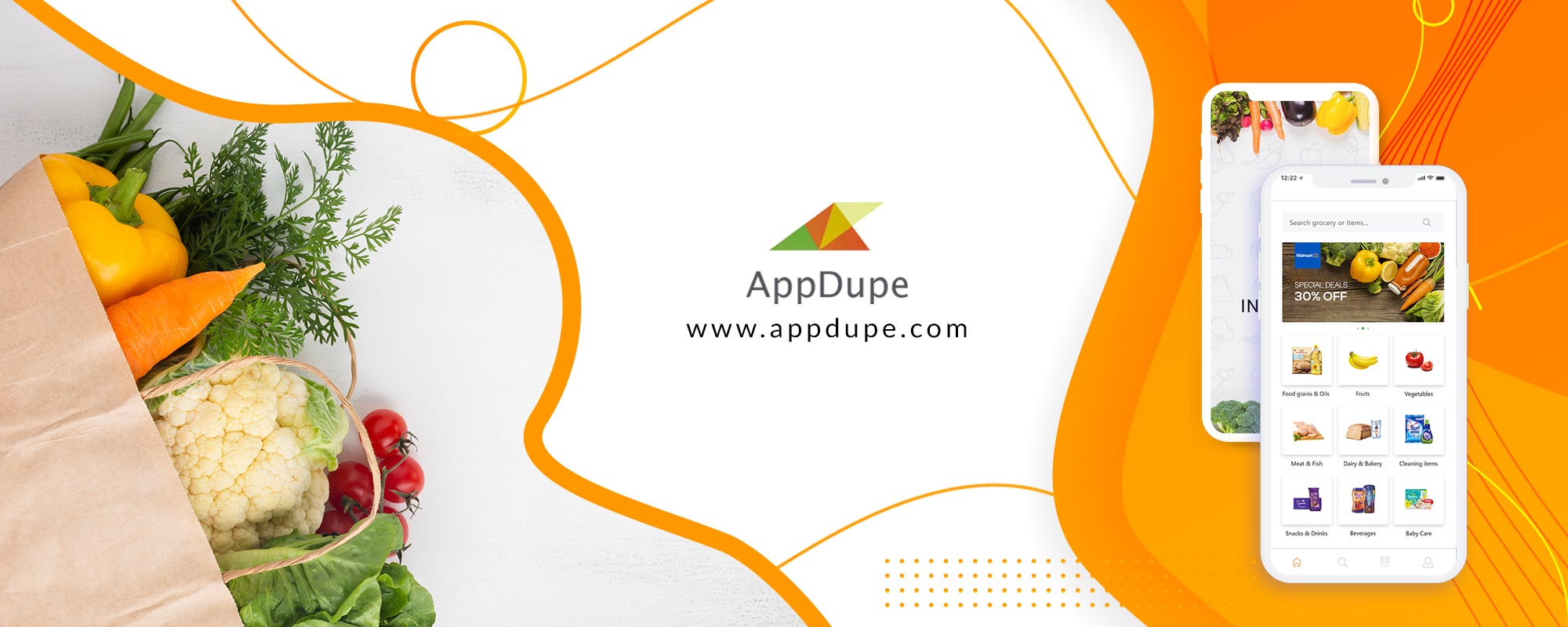
Vegetables… I know most of you would have cringed at the word. No matter how much you hate them, you need to consume them for proper nutrition and our body’s well functioning. Given all that is happening in the world, it is only wise that we sustain our health by consuming vegetables. But, are we able to access and buy groceries at ease is a matter of question. Almost all the countries are under a global lockdown, and with the fear of catching COVID-19, people are hesitant to go out. Buying and selling vegetables in a crowded market is only a dream for another year or so. But that doesn’t mean we can’t get our nutrition right or compensate for it. Grocery delivery apps have enabled us to get nutritious vegetables right at our doorstep. To develop a high-end grocery delivery app for your business, a Grofers clone app can be used.
How does a Grofers clone app work for your business?
- The customer, the grocery store owner, and the delivery executive need to login and create a profile on the app.
- The store owner uploads all the store’s information, the products in stock, product price, and other similar details.
- The customer can search for the products and add them to the cart to check out.
- The customer’s order is processed after which the grocery store and the delivery executive receives a notification.
- The grocery store accepts the order and gets it packed and ready for the delivery executive to pick up. The executive accepts the delivery request based on their availability.
- The executive goes to the grocery store and picks up the order and delivers it to the customer’s place with the help of the GPS feature.
- The customer can carry out their payment process through a multitude of ways, like using UPI, credit card, and debit card. The processed payment is split, and a reasonable amount is credited to the delivery executive and the admin of the app. The rest is credited to the grocery store owner.
The type of grocery delivery app that can be implemented based on the business model
1)Grocery chain model
This model can be integrated to your app if you have numerous branches of grocery stores set up in different locations. This app works best for your business because you can monitor all the processes of all your stores within a common platform. By integrating this app, you can avoid the commission charge that is paid to an aggregator app.
2)Aggregator model
This model acts as a facilitator between the customers and the grocery stores. To develop an app with this model, you can purchase the API of a successful grocery delivery app with all the details of a grocery store in a location. The admin of the app manages all the orders taking place and needs to facilitate a smooth delivery process through robust in-app communication between the customer, delivery executive, and the grocery store. An appropriate amount is credited to the admin for every order.
3)Specific facility grocery delivery model
This model is exclusively for your grocery store. This app works best if the grocery store already has an optimum reach among the customers in a particular location. Here again, the commission spent on third parties can be avoided. They can sometimes even assign their delivery executive staff to save the money lost as commission.
Different classes of delivery service apps that can be considered in addition to an aggregator app are:
Price comparison platforms
This app compares the prices of the products across different stores and gives an analysis. The cost and brands of the products are compared and saved in the app. Customers can make smart decisions by buying products at optimal prices.
Shops list platforms
This has the API of all the grocery shops in a location. This can be sold to other budding aggregate apps for a reasonable price.
Grocery discount Applications
This app has coupons and promo codes that can be used to avail a price off on the final list of products. The apps have tie-ups with different advertising platforms and can fetch the right amount of profit with lesser efforts.
Main parameters in developing a grocery delivery app for your business
1.Analyze the market
Analyze the grocery delivery apps in the market thoroughly and understand the process and struggle of running the app. Look for perfect strategies that the other apps follow and try to assimilate the same in your app. Look for limitations in other grocery apps and try to improvise. More than that, try to inculcate some strategies which are new and is only specific to your app
2)Prepare a plan
Prepare a plan for how your app should look, like icons, user interface, logo, front-end design, and much more. Try to decide on the necessary key features and integrate features that can be added to your app based on your business model. Also, decide what kind of a grocery delivery app you should develop, whether an aggregator app or grocery chain app and much more.
3)Instill a robust revenue model
A good revenue model is essential because, after all, we all are trying to put food on our plate. A revenue model can be regulated in terms of nominal marginal prices imposed on products, advertisements, commission per delivery, delivery and surge fee, and much more.
4)Develop your app with the right firm
Finally, an efficient app development company should be sought to develop a well-running app. A good Grofers clone script should be customizable, white-labeled, and scalable. The app should be unique and provide a seamless user experience. The firm should continue to render technical support throughout the app development process, post the launch, and furthermore.
Update the app along with the situational demands and integrate a robust revenue model to keep the business profits intact. Look forward to delivering nutritious and trustworthy products at a reasonable price, which will help you sustain your place in the market among the competitors.
Are you looking to unleash a high-quality Grofers clone app?

Marketing is my soul mate and writing is my side kick. Using my writing skills to share the knowledge of app development and upcoming technologies.
